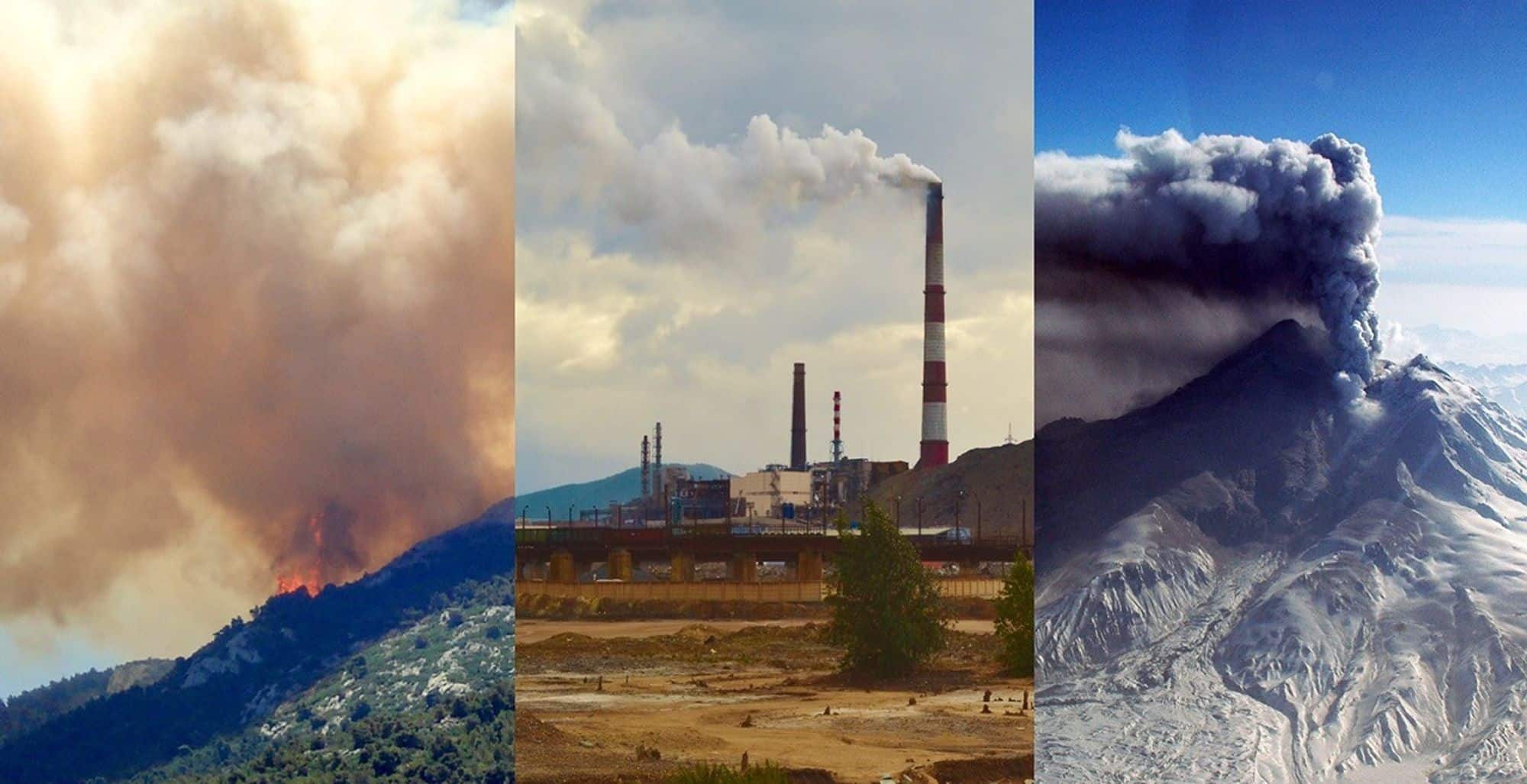About X-ray bursts
- It occurs in low-mass X-ray binary systems where a neutron star and low-mass main sequence star are in orbit around one another.
- Due to their close proximity and the extreme gravity of the neutron star, the companion star overflows its roche-lobe and hydrogen is drawn into an accretion disk around the neutron star.
- This hydrogen is eventually deposited on the surface of the neutron star and immediately is converted into helium due to the extreme temperatures and pressures that exist there.
- A thin surface layer of helium is built up, and once a critical mass of helium is reached, it ignites explosively, heating the entire surface of the neutron star to several tens of millions of degrees releasing a sudden burst of X-rays.
- Once the outburst is over, the binary system temporarily returns to its quiescent state while the neutron star begins to re-accumulate the helium surface layer.
- The process repeats resulting in recurrent X-ray bursts.
- It generally occurs at regular intervals separated by several hours or days.
What is a magnetar?
- It is an exotic type of neutron star, its defining feature that it has an ultra-powerful magnetic field.
- The field is about 1,000 times stronger than a normal neutron star and about a trillion times stronger than the Earth’s.
- Apart from ultra-powerful magnetic fields, magnetars also release vast amounts of energy in the form of flares, X-rays, and gamma-ray bursts.
- They are therefore associated with extreme events in the universe, making them perhaps the most bizarre objects in the cosmos next to black holes.
- The magnetic field of a magnetar may be caused by a neutron star’s interior – thought to be made up of neutrons, quarks and exotic states of matter such as Bose-Einstein Condensates – becoming a superconducting fluid.
Q1) What is Helium (He)?
It is a chemical element, inert gas of Group 18 (noble gases) of the periodic table. The second lightest element (only hydrogen is lighter), helium is a colourless, odourless, and tasteless gas that becomes liquid at −268.9 °C (−452 °F). The boiling and freezing points of helium are lower than those of any other known substance.
Last updated on January, 2026
→ Check out the latest UPSC Syllabus 2026 here.
→ Join Vajiram & Ravi’s Interview Guidance Programme for expert help to crack your final UPSC stage.
→ UPSC Mains Result 2025 is now out.
→ UPSC Notification 2026 is scheduled to be released on January 14, 2026.
→ UPSC Calendar 2026 has been released.
→ UPSC Prelims 2026 will be conducted on 24th May, 2026 & UPSC Mains 2026 will be conducted on 21st August 2026.
→ The UPSC Selection Process is of 3 stages-Prelims, Mains and Interview.
→ Prepare effectively with Vajiram & Ravi’s UPSC Prelims Test Series 2026 featuring full-length mock tests, detailed solutions, and performance analysis.
→ Enroll in Vajiram & Ravi’s UPSC Mains Test Series 2026 for structured answer writing practice, expert evaluation, and exam-oriented feedback.
→ Join Vajiram & Ravi’s Best UPSC Mentorship Program for personalized guidance, strategy planning, and one-to-one support from experienced mentors.
→ UPSC Result 2024 is released with latest UPSC Marksheet 2024. Check Now!
→ UPSC Toppers List 2024 is released now. Shakti Dubey is UPSC AIR 1 2024 Topper.
→ Also check Best UPSC Coaching in India

















